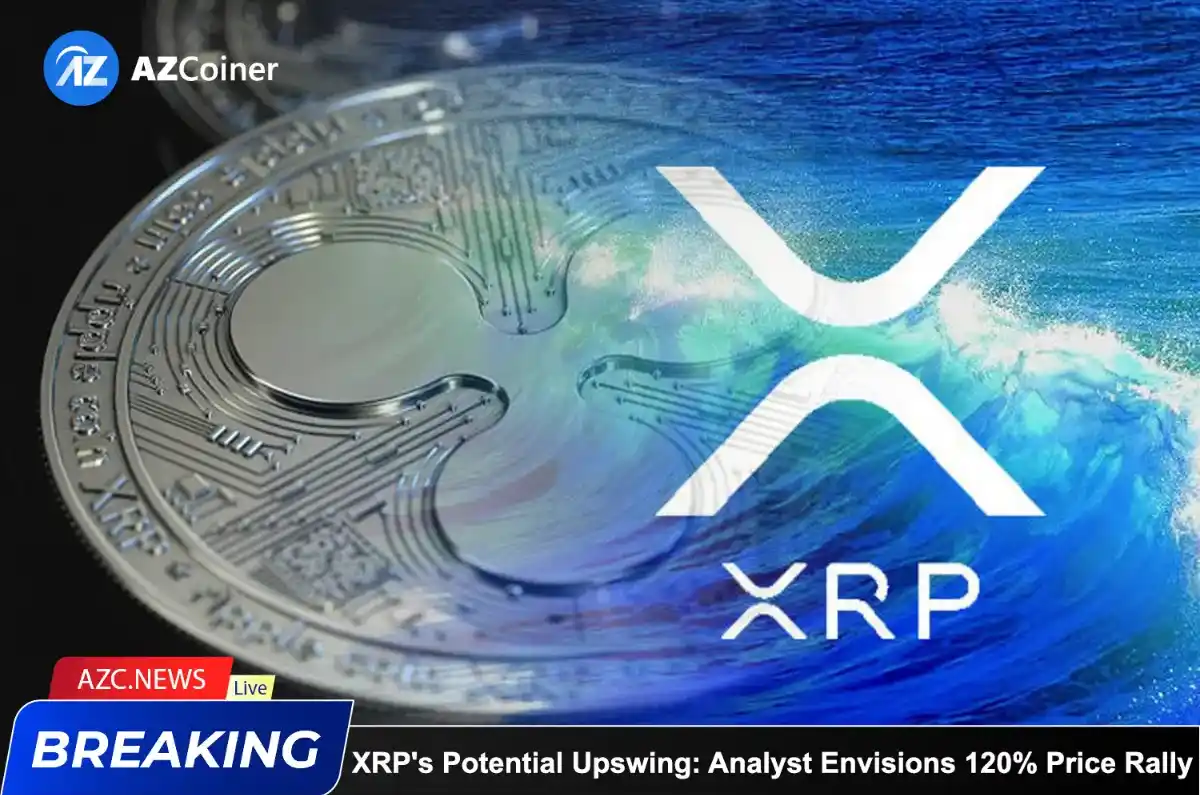Central to Santana’s forecasts is a robust bullish trend he foresees for XRP. In his evaluation, he underscores the significance of this trend and its capacity to drive noteworthy price hikes, deviating from conventional market norms.
This projection arises amid a period of decelerated growth for XRP, setting it apart from Bitcoin and other assets that have witnessed monumental surges. Despite community concerns, Santana maintains a resolutely optimistic perspective on XRP’s trajectory, emphasizing a bullish path ahead.
Santana further delves into potential correction scenarios for XRP, delineating two distinct paths that could precede a remarkable surge. Pondering the future movement of XRP, he outlines scenarios where the cryptocurrency might undergo a drop to either the $0.51 or $0.43 region before orchestrating a noteworthy comeback, soaring by 85% or 120%, respectively, from the current price.
The analyst’s foresight crafts a compelling narrative of XRP’s trajectory, highlighting the potential for substantial gains. In the short term, XRP has recorded a marginal 1.73% increase in the last 24 hours, attaining a current price of $0.6221. Noteworthy is a 42% spike in its 24-hour trade volume, indicating an increased influx of demand for the digital asset.
Ripple’s Legal Triumph Propels It Towards Disrupting Banking Systems
The seismic impact of the recent SEC v. Ripple ruling reverberates across the crypto community and beyond, evoking a mix of enthusiasm and caution.
This watershed moment, marked by a nuanced distinction between Ripple’s institutional and secondary platform sales, fuels a crucial discourse on the application of securities laws to digital assets. As the dust settles, it becomes apparent that the Ripple effect has fundamentally reshaped the digital asset landscape, bringing Ripple one step closer to its mission of disrupting the banking system.
Judge Torres’s July 13th summary judgment serves as a testament to the evolving nature of digital assets. Her meticulous differentiation between Ripple’s direct institutional sales, considered securities transactions, and those on secondary platforms, deemed security, challenges the SEC’s broad interpretation of the Howey test. This legal earthquake creates a fracture in the traditional framework, prompting a reevaluation of how existing regulations apply to the burgeoning world of digital assets.
Related: XRP’s Unprecedented Move Signals Short-Term Price Volatility
Buoyed by Judge Torres’s decision, Ripple strategically cements its position through two key maneuvers:
1. Denial of Interlocutory Appeal: The SEC’s bid to overturn the ruling on secondary platform sales faces a resounding denial. This outcome paves the way for innovation and growth within the secondary market, instilling confidence in the crypto community and fostering further development and adoption.
2. Dismissal of Charges Against Individuals: Acknowledging the potential for protracted legal battles, the SEC strategically drops charges against Ripple executives. This calculated move expedites the legal process, potentially influencing future regulations and accelerating Ripple’s journey toward a definitive resolution. Ripple’s legal triumph not only solidifies its standing in the evolving regulatory landscape but also underscores its determination to disrupt traditional banking systems.







